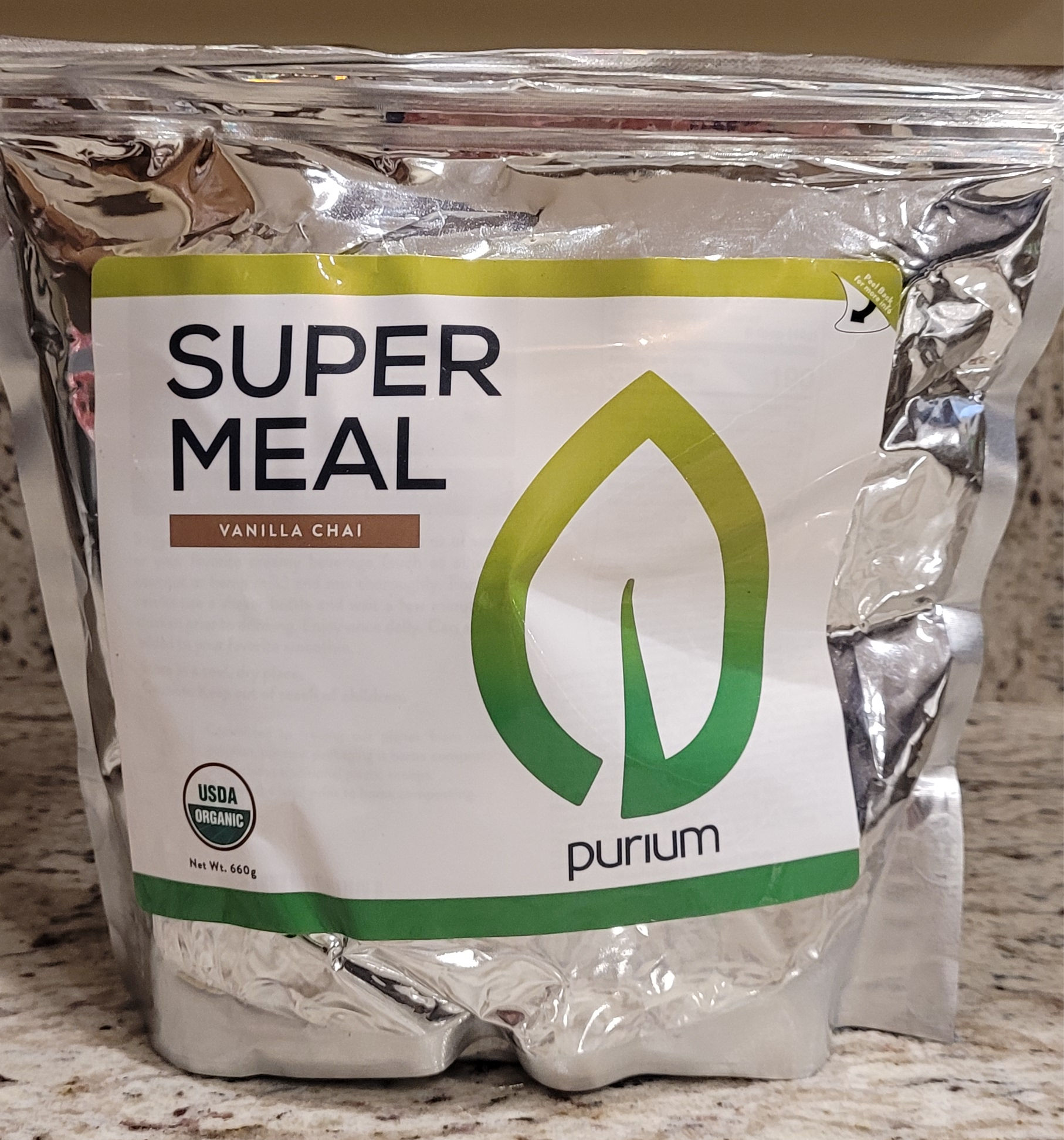Osteogenesis Imperfecta or OI, also known as brittle bones disease, is a genetic bone disorder. Though it can be detected even before birth, signs and symptoms are not always found at birth. It is an extremely rare condition that causes a mutation in the gene that produces the protein collagen. Collagen in a building block of bones.
There are different types o OI. OI affects both men and women and all ethnicities. Severity of the disease depends on the type and symptoms can range from mild to severe. OI can cause there to be not enough collagen in the body or the collagen doesn’t work right, causing easily broken bones or misshapen bones. OI can be inherited by a parent, but the mutation can also happen in early pregnancy.
Types of OI
There are 8 different types of Osteogenesis imperfecta. The type is dependent on the type of inheritance and the symptoms.
Type I is the mildest and most common form of Osteogenesis imperfecta. The collagen is normal, but there isn’t enough of it. Bones can break easily. Bones though are shaped normally. Fractures happen less after puberty. Hearing loss can happen in adulthood. Whites of the eyes may look blue.
Type II is the most severe. Collagen is not formed normally. This can cause difficulty breathing, or the child’s lungs to be underdeveloped. A child may have short arms, short legs, small chest, and soft skull. With this type a baby when born may be born with fractured bones. A child may be born with low birth weight. Since this type is the most severe, children born with it usually don’t last long and die within days or a week of being born.
Type III is the most severe in children who don’t die as newborns. Children with type III may live up till age 10. Collagen doesn’t form normally. Babies may be born with broken bones. Bones break more easily, and may start breaking more often once children start crawling, or walking. Children with type III may be shorter than other children their age. Breathing problems, hearing loss, and brittle teeth may also be symptoms of type III. Type III may cause severe physical disabilities.
Type IV symptoms can range between mild to severe. Type IV can be diagnosed at birth, but may not present signs until the child starts crawling or walking. Fractures happen more regularly when crawling and walking start. Collagen doesn’t form normally. Bones may be abnormally shaped and don’t grow normal.
Type V is similar to type IV. Type VI is very rare and is similar to type IV. Type VII has symptoms similar to type IV or II. Type VIII is like type II or III.
Symptoms
Symptoms vary greatly between type and severity. Some of the general symptoms that are found across multiple different types are easily broken bones, bone deformities, barrel-shaped chest, curved spine, triangle shaped face, loose joints, muscle weakness and skin easily bruised.
Diagnosis
Osteogenesis imperfecta can be diagnosed before birth. OI may be difficult to diagnose in a baby though there are ways for you to even notice the condition while still in the womb. A prenatal ultrasound may be able to detect unusually shaped bones, or broken bones in the womb. Doing a procedure called an amniocentesis, which is done while the baby is still in utero, can check for genetic markers for Osteogenesis imperfecta.
When your child is young if they are showing symptoms of multiple bone fractures, or bones growing abnormally tests may be done to diagnose OI. This can be done with X-rays, which can show many changes in bone structures, if bones are weak, or deformed. This is also how your doctor will want to verify any actual bone fractures your child may have.
Lab testing can be done to do genetic screening for OI. Though it is a genetic disorder, a parent does not have to have OI, for their child to obtain it.
A DXA or DEXA scan can be done to check for bone softening.
Bone biopsy can check to see if the collagen in the bones is enough or if the body isn’t producing enough.
Treatment
If your child is diagnosed with OI there will be a care team put into place to give you and your child the best support. This team could include the primary care physician, orthopedic surgeon, physical therapist, occupational therapist, and a pulmonologist. Your child may not require all of these, or there are other doctors your child may need to get the best care they need.
There is no cure for OI. Treatment focuses on quality of life and minimizing symptoms. Treatment may consist of a number of things. Bisphosphonate medicines may be given to your child to help strengthen their bones. These medicines can help prevent fractures. They can be given orally or through an IV.
Treatment will consist of making sure all fractures are cared for appropriately. Rodding may be an option, which is where a metal rod is used to stabilize and prevent bone deformities. Orthopedic treatment such as bracing, splinting, and surgery of different fractures or abnormal bones.
Dental procedures if your child has brittle teeth.
Physical and occupational therapy may be done to help your child learn to perform normal tasks, or to regain strength after a fractured bone. Assistive devices may also be apart of treatment depending on how severe the OI is.
Complications
OI can lead to many complications. This could be respiratory infections or pneumonia if their lungs are developed properly. Some children with OI have rib cages that are misshapen which can cause difficulty breathing. Heart problems, and kidney stones are also complications that can occur with OI. Your child could also suffer from hearing loss, eye conditions, vision loss, and hearing loss.
Lifestyle
In order to live successfully with OI. It is important to do some things to maintain a healthy lifestyle. Your child will need to achieve and maintain a healthy BMI. This will help decrease extra stress on the joints, and bones. Eat a healthy diet with loads of extra calcium and vitamin D, for a bone healthy diet. Exercise regularly, but safely. Limit alcohol and caffeine and no smoking can all help people with OI live a better life.
Outcomes
Life expectancy depends on the type and severity. With type II children will die soon after birth. Type III may live until they are about age 10. Type IV have a shortened life span but live into adulthood. Type I children have normal lifespans. Of course these all vary per case and per patient. Getting diagnosed, a care team, and proper support can help you manage having a child with Osteogenesis imperfecta.
Want to support healthy cardiovascular function? Try Purium’s Heart Aid!
Osteogenesis Imperfecta or brittle bone disease may be diagnosed before birth! #HealthSurgeon
Sources:
https://www.hopkinsmedicine.org/health/conditions-and-diseases/osteogenesis-imperfecta#:~:text=Osteogenesis%20imperfecta%20(OI)%20is%20an,range%20from%20mild%20to%20severe.
https://kidshealth.org/en/parents/osteogenesis-imperfecta.html
https://rarediseases.org/rare-diseases/osteogenesis-imperfecta/
https://my.clevelandclinic.org/health/diseases/15807-osteogenesis-imperfecta-oi









